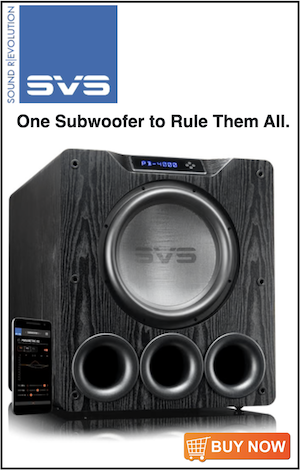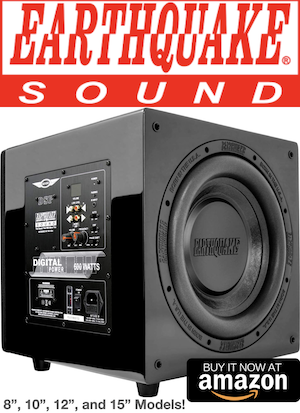I believe what you're seeing is the phase shift caused by the low-pass filter. This can be referred to as filter delay. The lower the crossover filter, the longer the the filter delay. In addition to the filters, in an acoustical system there is always phase shift that's related to the mass and inertia of the transducers and therefor not all frequencies arrive at the same place at exactly the same time. What's critical is that the adjacent frequencies arrive at a time that is relatively similar.
In your example, the same device(driver) is producing the entire range from 30-250Hz. The relative phase of the range from that device will be close enough. It will be as close as it is possible to achieve without the use of FIR filters, which will shift everything back to the latest arrival time and at those frequencies it will take a lot of processor resources. In other words, it's impractical to change, mostly because you won't notice it if you do.
What's critical is in how you integrate the signal from the subwoofer with the signal from the next driver/range up. Whatever crossover frequency you choose. you need to align the two devices at the crossover frequency.
If you choose to cross the subwoofer over at 80Hz, the mid-bass device will need to take over from 80Hz up, and the two will need to be aligned at 80Hz. If you choose to cross the subwoofer over at 250Hz, you must either set the mid-bass device to take over at 250Hz and align there OR...
If you choose to have overlap where both devices are contributing energy over the same range of frequencies, such as from 80 to 250Hz, you will need to align the two devices over the entire range.
How to do that is a subject far too long to describe in this post but suffice it to say that you will likely need to use all-pass filters, crossover filters and delay to get it right.
I hope you find this helpful.
Best,
David Lee
BASSBOSS










